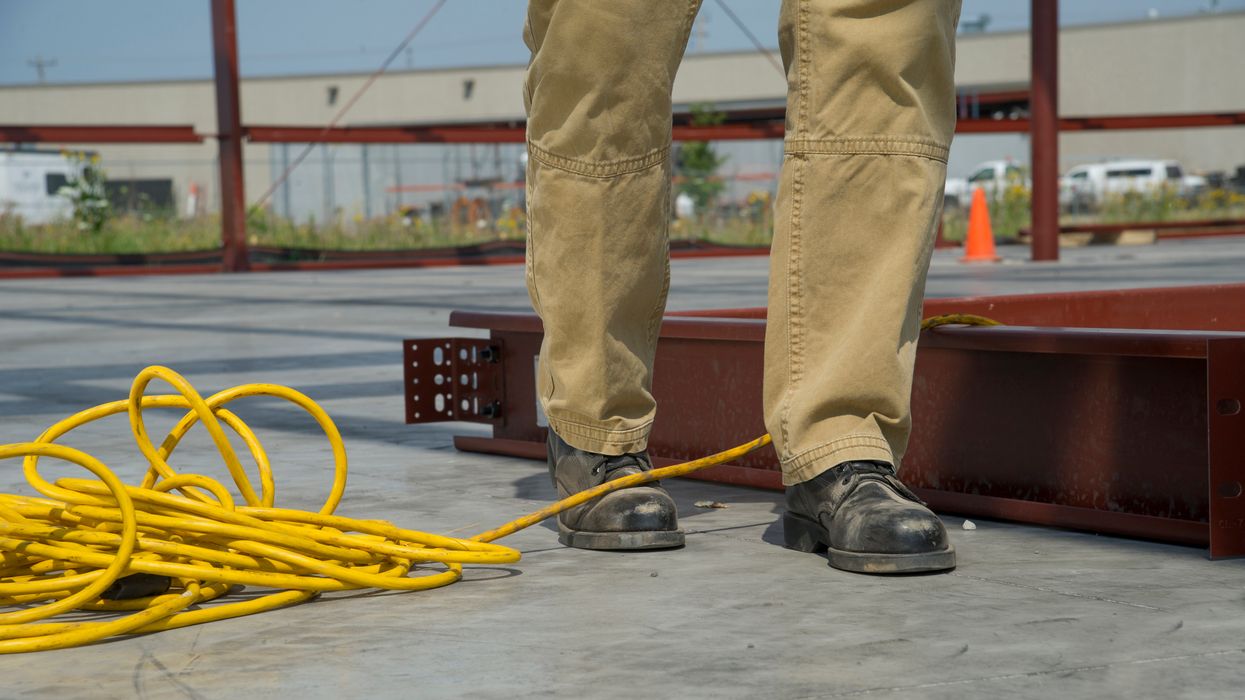DOT cautions SAPs to follow return-to-duty process
Some substance abuse professionals (SAPs) have been providing return-to-duty timelines prior to evaluating employees, according to a recent U.S. Department of Transportation (DOT) notice. DOT cautions SAPs that this practice violates DOT regulations.
Procedures in 49 CFR Part 40, which are applied when an employee violates DOT drug and/or alcohol regulations, require SAPs to assess each employee and then recommend a course and/or treatment unique to the individual.
DOT reminds SAPs that their role is to protect the public interest and not act as an advocate for the employee or employer. The decisions made by SAPs impact transportation safety.
Cautions provided to SAPs
DOT’s notice stresses the SAP’s responsibility to adhere to Part 40 procedures.
Specifically, SAPs must:
- Evaluate individuals,
- Direct them to help based on their specific needs as identified in the evaluation, and
- Recommend follow-up tests and aftercare.
DOT also warns SAPs not to take any of the following into consideration when assessing employees:
- Employee claims of an unjust or inaccurate testing process;
- Employee attempts to mitigate the seriousness of the violation (e.g., hemp oil, medical marijuana use, contact positives, poppy seed ingestion, job stress); and
- Personal opinions about the justification or rationale for the drug and alcohol testing.
SAP’s role in FMCSA’s processes
SAPs play a significant role in getting commercial drivers back to driving. Drivers who operate commercial motor vehicles (CMV) requiring a commercial driver’s license (CDL) are subject to 49 CFR Part 382. Part 382 refences Part 40 procedures, including return-to-duty steps.
However, unlike other DOT agencies that require drug and alcohol testing, the Federal Motor Carrier Safety Administration (FMCSA) tracks violations and completed return-to-duty and follow-up testing programs. The information is reported to the CDL Drug and Alcohol Clearinghouse by several parties, including SAPs.
SAPs are required to report when:
- The driver’s initial assessment takes place, and
- The SAP determines the driver has demonstrated successful compliance with Part 40 return-to-duty requirements and is eligible for return-to-duty testing.
To report information, SAPs must register with the Clearinghouse so drivers can designate them and consent to the SAP submitting information about them.
The SAP’s entry in the Clearinghouse is a signal to the employer to perform a return-to-duty test and request a copy of the follow-up testing plan (SAP report). The driver’s “prohibited status” in the Clearinghouse is not removed until the driver’s record has the SAP entry and an employer’s report of a negative return-to-duty test. Without these entries, the driver is prohibited from operating a CMV or performing any other safety-sensitive function.
Key to remember: Each SAP program must be unique to the employee and cannot be a one-size-fits-all approach. The SAP’s role is to protect public safety in the event the employee returns to safety-sensitive functions.



















































